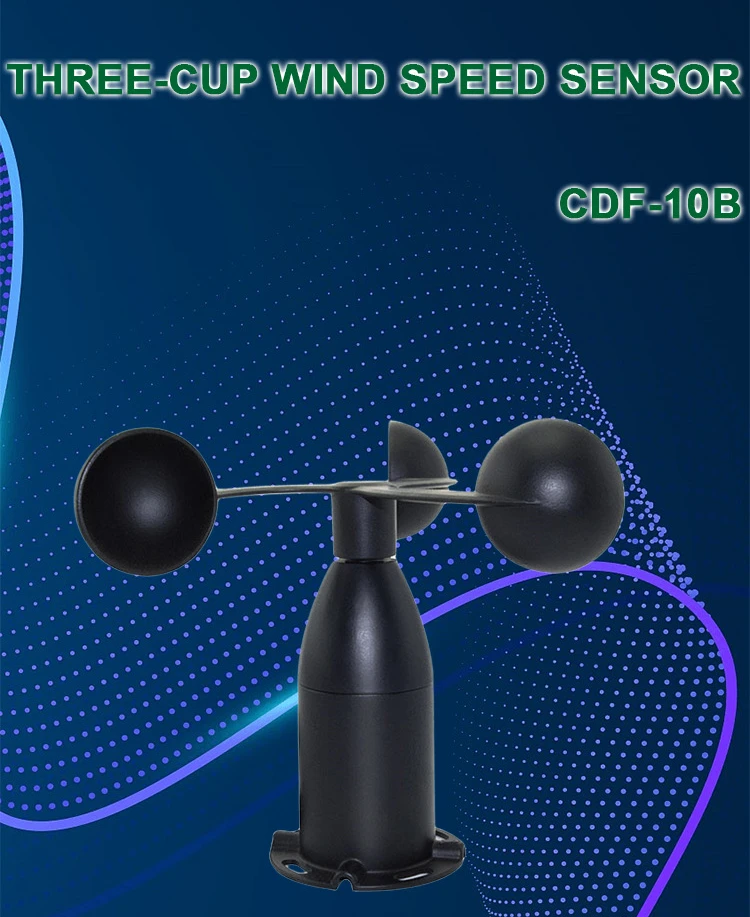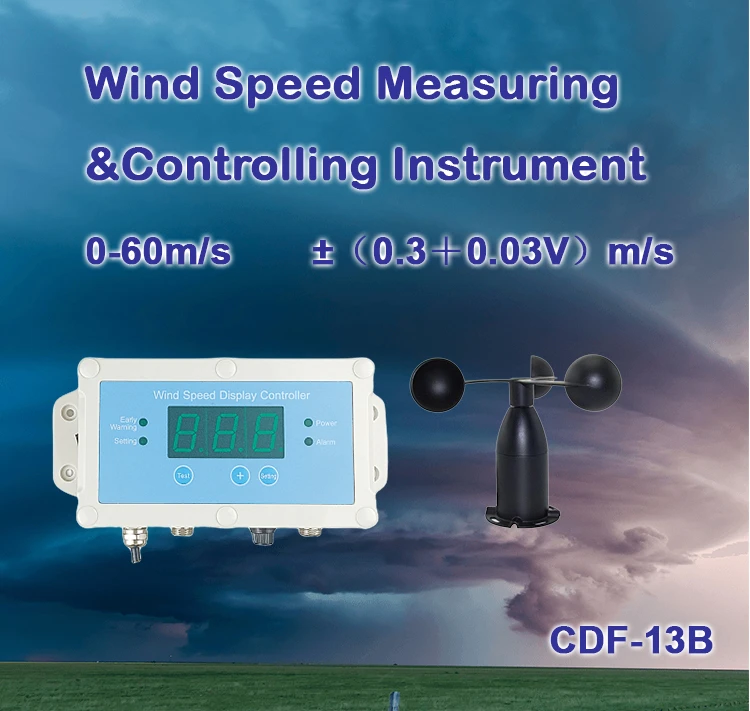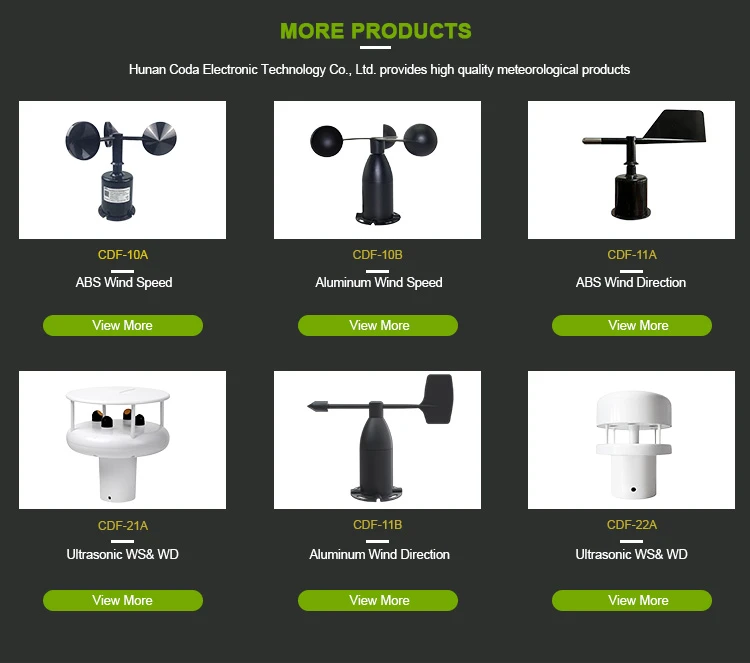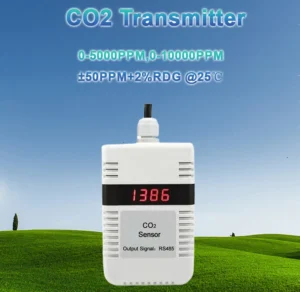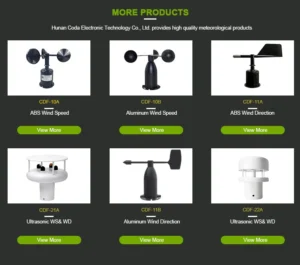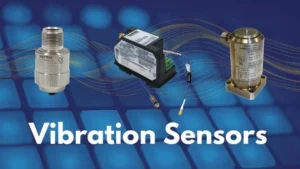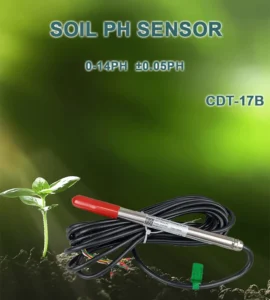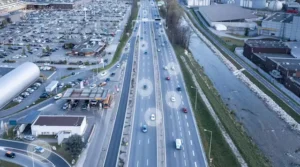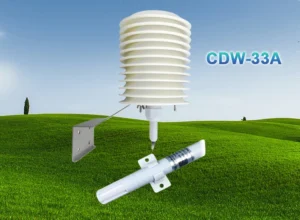What Methods Are Used to Measure Wind Speed in Different Units?
Measuring wind speed is important for many reasons. It helps us predict the weather, fly planes, and use clean energy. Knowing how this important measure is expressed in different units helps us understand weather data better.
This way, we can make smart choices. Let’s look at the different units used to measure wind speed and the methods used for accurate assessments.
Understanding Wind Speed Measurement
Wind speed is often accurately measured with a tool called an anemometer. This device tracks both speed and direction.
Common types of anemometers are cup-based, wind vane-style, and sonic models. Each type shows how strong the wind is. It also gives a value we can measure.
The most common way to measure wind speed is in meters per second (m/s). Other units like kilometers per hour (km/h), miles per hour (mph), and knots (kt) are used often too. Some industries or settings may prefer one unit instead of another. This choice depends on what they need.
Meters per Second (m/s)
Meters per second is the standard unit used to measure recording wind speed in science and weather studies. This unit shows how far the wind travels in meters each second. One meter per second is about 2.24 miles per hour. This is a simple and correct way to learn how wind moves.
To measure wind speed in meters per second, we often put an anemometer in open spaces. This helps it capture wind without any blocks. The spinning motion of cups or blades caused by the wind is measured on a scale for m/s.
Kilometers per Hour (km/h)
Kilometers per hour is often used in countries that use the metric system. It helps people see how fast the wind is blowing in daily life. One km/h is about 0.62 mph.
This unit is often used in weather forecasts, flight information, and outdoor plans. Knowing average wind speed is important for safety and ease.
Cup anemometers that measure in kilometers per hour change the speed of their cups or blades into km/h. This makes it easy for anyone to understand the data.
Miles per Hour (mph)
Speed of the wind is measured in miles per hour. This is the main unit used in the United States and other countries that use the imperial system. One mph is about 1.60934 km/h.
This well-known unit is often used in weather reports. It also shows up on road signs and public notices.
Anemometers that record in mph adjust their settings to show wind speed in this way. This gives important information for drivers, pilots, and weather experts. They use this information to decide on travel, safety, and readiness for operations.
Knots (kt)
Knots are mainly used in boats and planes. One knot is equal to one nautical mile per hour. This is about 1.15 miles per hour.
It is a common unit used by sailors, pilots, and weather experts. It is important for navigation at sea and in the air.
When set to knots, anemometers provide readings that help assess surface wind weather conditions. This is important for flight paths and sea travel.
Conclusion
Measuring wind speed affects many things. It is important for transportation safety, energy production, and outdoor activities.
We can understand weather data better if we know some units. These units are meters per second, kilometers per hour, miles per hour, and knots. This helps us react well to the environment.
Technology is getting better at measuring things. This helps us make better predictions and use more clean energy. Understanding how to measure wind speed helps us build a more sustainable and strong future.
